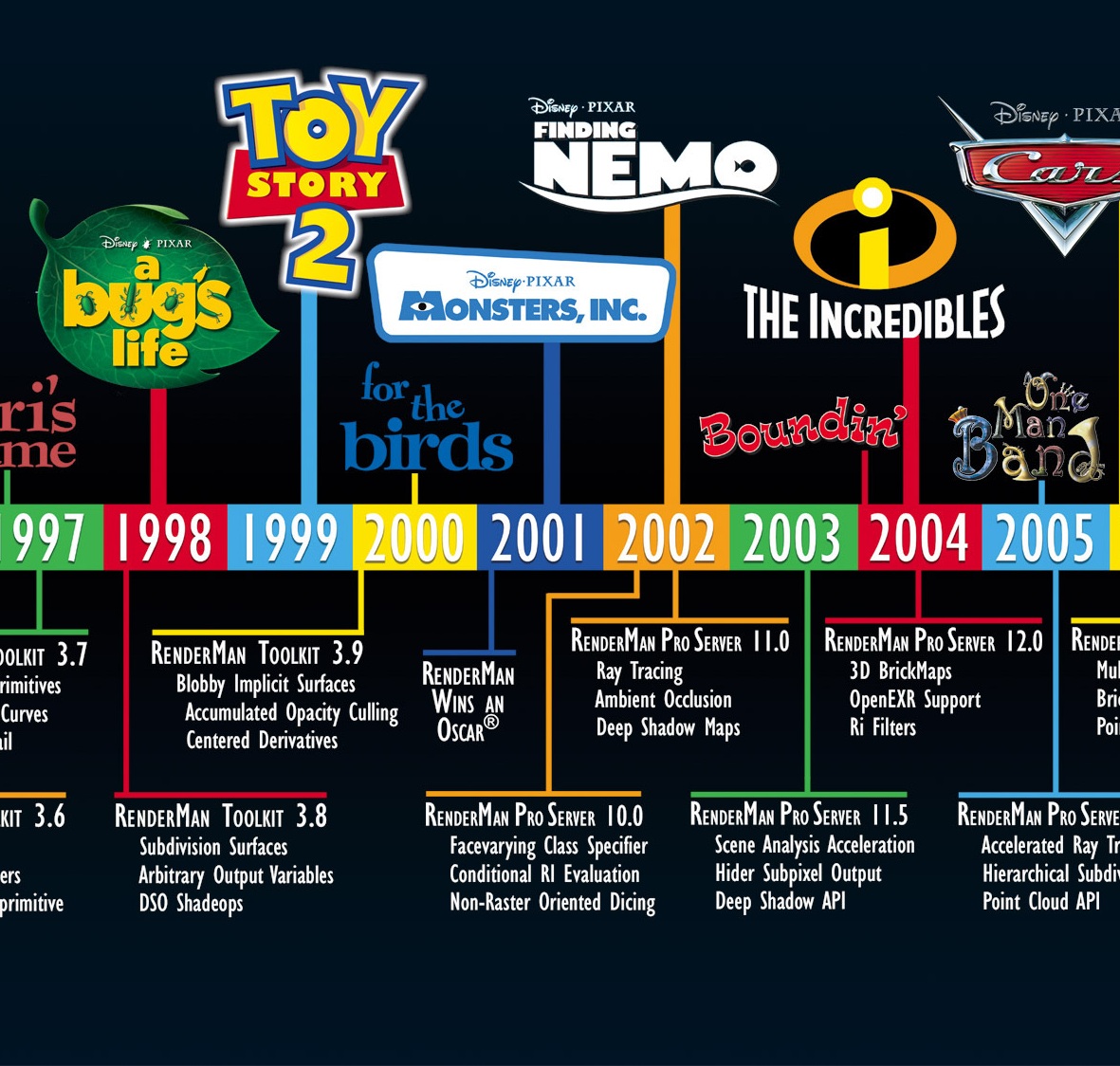

From this point onwards, humans become less and less involved in the story, which is an important part of the entire theory. Because “Lightyear” is based off of the origin story of Buzz from the 1995 film, the production of “Lightyear” within the PCU must have taken place just before “Toy Story.” After this, we travel to the early 2000s with “Toy Story 2,” “Turning Red,” “Finding Nemo,” “Finding Dory” and “Ratatoille.” This is where you should begin to notice a pattern. “Lightyear” is next in the chronological order, but it’s set in the future, while “Toy Story” takes place in 1995. We fast forward to medieval Scotland for “Brave,” then jump forward to America in the 1950s with “The Incredibles.” During this time, “Luca” also takes place in 1959. We begin at the dawn of time with “The Good Dinosaur.” From here, we entire a time loop- more on that in a minute. For example, the “Pixar ball,” a yellow and blue bouncy ball with a red star, appears in many of their films, such as “Toy Story” and “Monsters University.” While many take these little nuggets as nothing more than fun little tributes of past projects, committed fans such as Negroni and SuperCarlinBrothers have taken it to a new level, making each new film fit into a complex universe in a very specific order, which is as follows (note: I will following the SuperCarlinBrothers order, as there are many slight variations.) Whether you have seen two Pixar films or if you have seen each and every one of them time and time again, it’s common knowledge that the company loves to insert “Easter eggs” and cameo appearances in each of their films. We have no choice but to stan-and stream- Happy Anniversary to the iconic studio.” The video, which featured various Pixar “Easter eggs” spanning 21 of their movies, was captioned “The attention to detail here is INCREDIBLE. According to a February 2020 article by Bustle, Disney+ released a video on their Instagram account to commemorate the 34th anniversary of Pixar. While this entire idea may seem like a stretch, fans claim that it has been confirmed by Disney, its parent company. One YouTube channel that often covers this, with a new video shortly after the release of each Pixar film, is “SuperCarlinBrothers.” The channel, which produces videos pertaining to different cinematic universes, mainly the Marvel Cinematic Universe (MCU), Star Wars and Pixar, has made a whopping 17 such videos solely about the Pixar Theory.
PIXAR THEORY CHRONOLOGICAL ORDER MOVIE
The essay and books have created an internet phenomenon of theories to fit each additional movie into the theory. The theory stated that all Pixar movies take place in one universe according to a certain timeline (I’ll get into that shortly.) Since the publication of the essay, Negroni has published the book “The Pixar Theory” in 2015 and updated editions to account for additional Pixar films released after 2015.

In 2013, author Jon Negroni published an essay that revolutionized the world of Pixar for fans across the world. While there have been many outlandish theories surrounding Pixar (example: “Film Theory: Is Wall-E Satan?” by The Film Theorists,) there is one idea that has become a staple for Pixar fanatics. Allow me to introduce you to The Pixar Theory. However, these layers go much deeper than most people would expect. Their success has come from the idea of a children’s’ movie that adults can enjoy as well: Each of their films has layers of emotional depth and plot complexity. With blockbusters such as “Inside Out,” “Up” and “Toy Story,” Disney’s Pixar has had smash hit after smash hit.

Pixar: Arguably the best children’s’ film production company of the last 30 years.


 0 kommentar(er)
0 kommentar(er)
